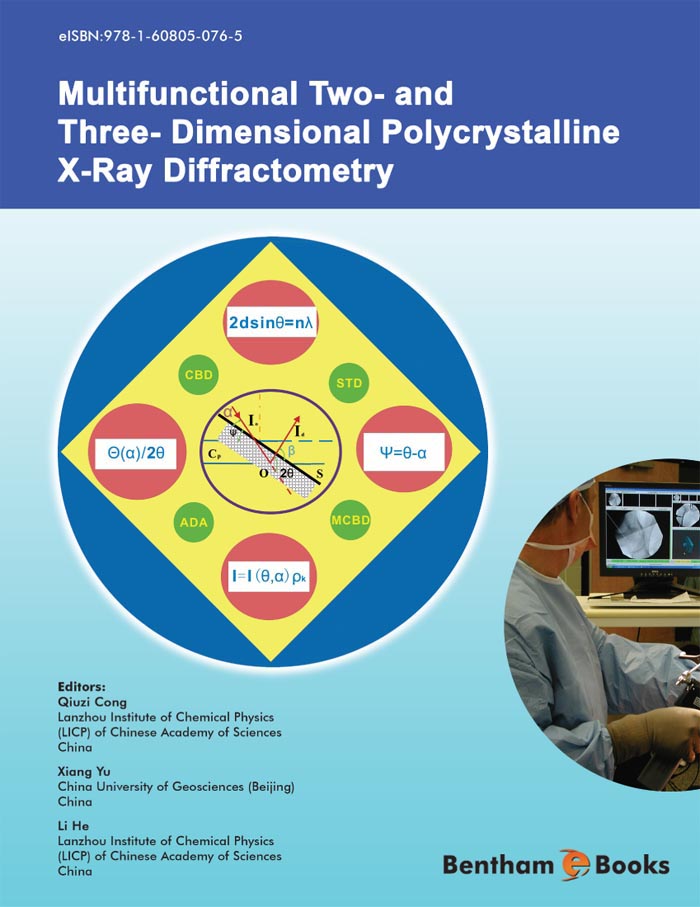Foreword
X-ray diffractometry (XRD), a nondestructive technique, is an essential scientific tool capable of supplying users with fundamental data and information unobtainable by other techniques, and exhibits increasing usages and attracts intensive attention in modern science and technology. The complete cognition of many potentialities of XRD, however, requires an elementary knowledge of crystallography and X-ray science. Admittedly, certain routine applications of X-ray diffraction demand only little or no familiarity with this field, but most researchers want to go beyond these push-button applications and to use various techniques as powerful aids in both pure and applied research. This e-book aims at: (1) revealing theories and applicable skills of the novel two-dimensional and three-dimensional (2D/3D) X-ray diffractometry for the structure characterization of material by providing an intuitive understanding of the description of instruments and methods, as well as a set of general mathematical models; (2) bridging present gaps between the basic texts and the specialist works.
Based on asymmetrical-Bragg diffraction geometry which contains basic elements, a set of universal mathematical model has been built up, where two equations on the desired azimuth angle and a common scan mode are included. Compared with the previous literature, unique characters of this technique are: (1) multifunction; (2) simplicity of measurement; (3) depth/azimuth-resolved X-ray patterns for coatings; (4) texture measurement (rather than in the pole-figure method); and (5) profile analysis for size-strain broadening (not in the fitted - profile method). In addition, by reading the corresponding chapters it is possible to obtain many applications in five main fields.
This book presented by Professor Cong Q.Z. et al provides a broad overview of 2D and 3D X-ray diffractometry and addresses the aforementioned points. Chapters written in respective fields enable the reader to be acquainted with a variety of topics ranging from the fingerprint characterization of crystalline materials to the determination of polycrystalline structure. The book is particularly useful to basic investigators, undergraduates, postgraduates, workers and experts interested in the latest advances in this exciting field.
Yan-Bin Wang
Department of Materials Physics and Chemistry
University of Science and Technology Beijing
China





